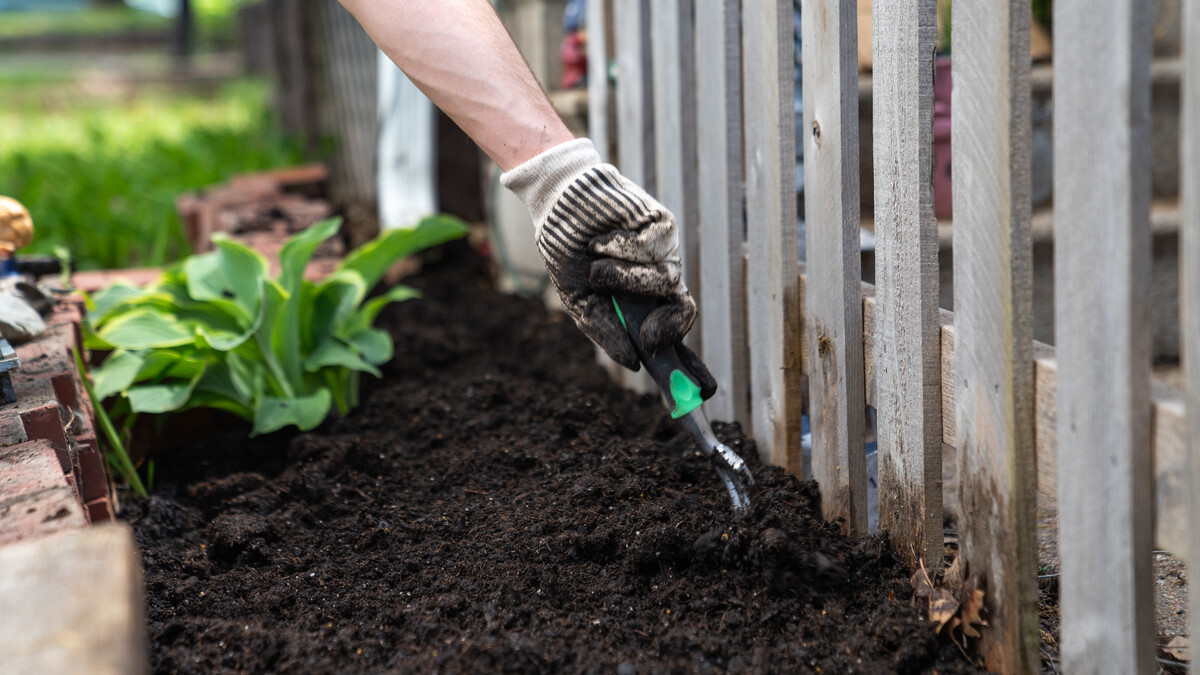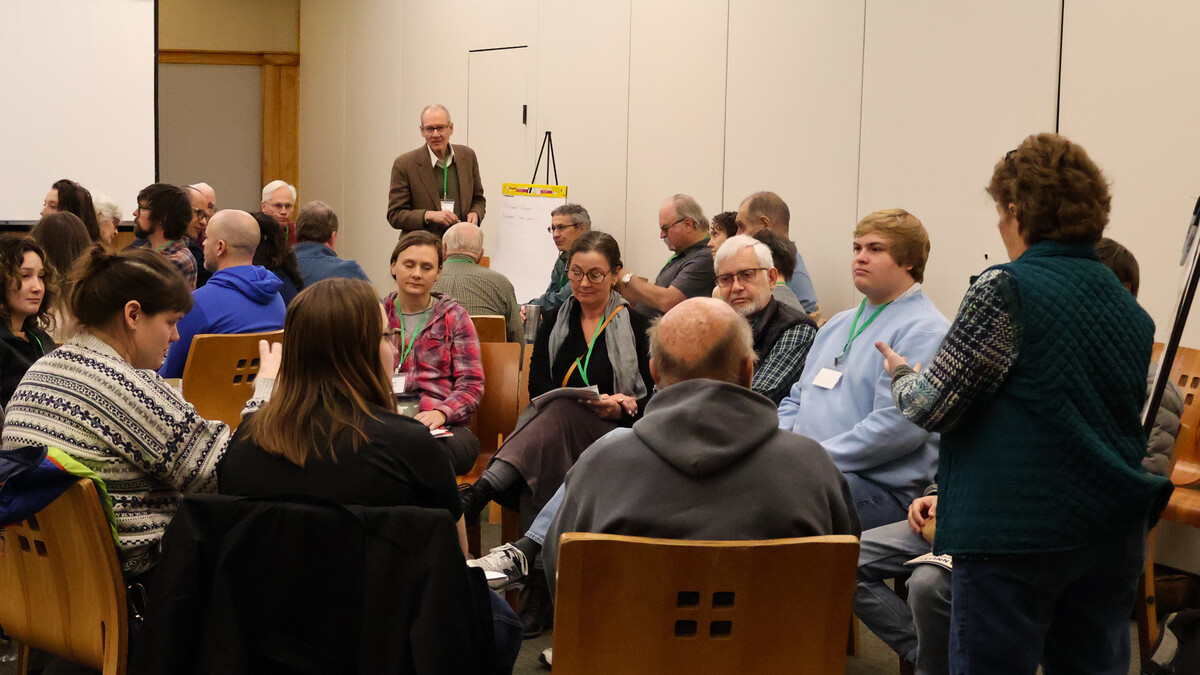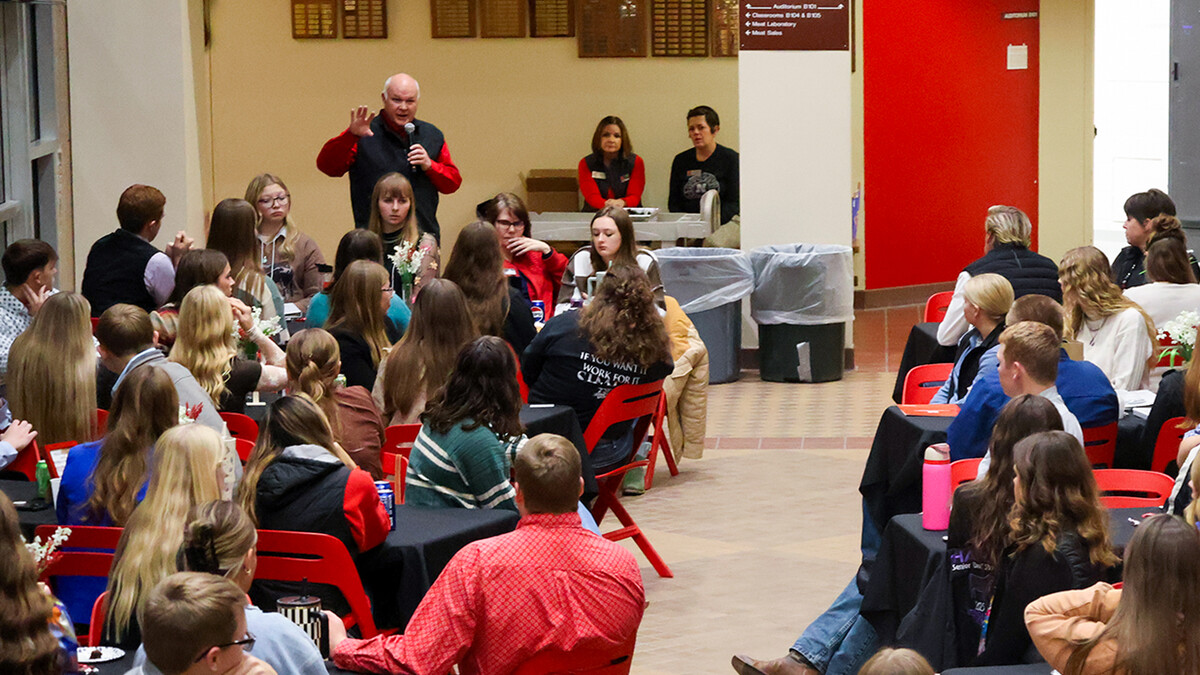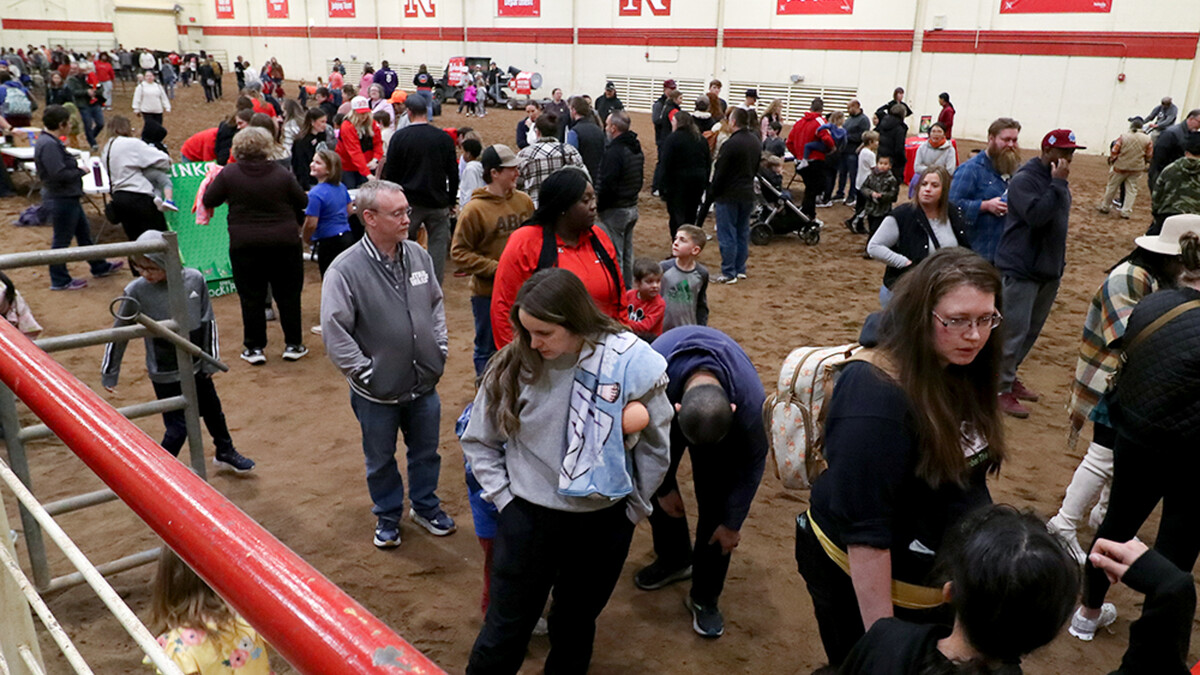
The Nebraska Rural Poll — the longest-running survey of its kind — is celebrating its shaping of discussions on economic development, public policy and quality of life across the state through the release of its 30th anniversary survey, available now online and in mailboxes this week.
An initiative of the University of Nebraska–Lincoln’s Institute of Agriculture and Natural Resources, the Rural Poll sheds light on the state’s rural communities, allowing their residents’ voices to be heard. Findings from the poll help policymakers, community leaders and researchers understand the changing landscape of Nebraska’s rural communities.
Since 1996, the Rural Poll has tracked changes in rural Nebraskans’ perspectives on issues ranging from employment to education and community engagement to technology access. While many topics stay consistent, the survey continues to adapt with changes in communities. The 2024 data is now available to create customized reports through the All Things Nebraska mapping platform, with earlier data to be added over time.
A tool for community growth and policy change
The Nebraska Rural Poll has helped play a role in shaping policy and community initiatives. Leaders across Nebraska utilize findings from the poll to support decisions, advocate for funding and implement community development strategies.
“The Rural Poll has always provided a basis of information that we can use to better understand what is happening in rural Nebraska,” said Elizabeth Chase of the Nebraska Main Street Network. “It provides a snapshot of social and economic issues facing our communities and has helped us in our organization’s programming.”
Chuck Hassebrook, a longtime advocate for rural policy, shared how the poll’s findings help to inform decision-makers.
“When the Rural Poll revealed that most rural Nebraskans supported caps on federal payments to the largest farms, we immediately got that data into the hands of policymakers and the media,” he said. “It got their attention, because it demonstrated that rural Nebraskans understood that subsidizing consolidation undermines rural communities.”
The findings from the poll have also been used as a resource for grant writing, economic development and public health research efforts across the state.
“I use Rural Poll data in grant applications for funding sources like HUD, USDA and the Sherwood Foundation,” said Shawn Kaskie, a Rural Prosperity Nebraska Extension educator.
Key findings from the 2024 poll
Last year’s survey results highlighted some recurring challenges and strengths of rural Nebraska over the last 30 years:
- Green spaces are valued in rural communities — In 1996, 90% of respondents were satisfied with their access to open spaces; in 2024, that number remains strong at 80%, showcasing a lasting appreciation for Nebraska’s rural environment.
- Economic concerns persist in rural Nebraska — More rural Nebraskans surveyed (33%) report being in a worse financial situation than five years ago, marking the highest level of economic pessimism in the poll’s history.
- Job security on the rise — In 1996, 63% of rural Nebraskans surveyed felt secure in their jobs. In 2024, that number grew to 68%, reflecting a positive shift in job stability over time.
Looking ahead: Your voice matters
As Nebraska’s rural landscapes continue to change, the poll’s role in shaping the future of rural communities remains as important as ever.
“We may be rural by definition, but we matter to the state as a whole,” said a city administrator from Alma. “The Rural Poll strengthens ourselves, which in turn strengthens Nebraska.”
To increase the accessibility of the data, All Things Nebraska released the Nebraska Rural Poll Interactive Report that is now available through the All Things Nebraska mapping platform, allowing users to explore 2024 Rural Poll data in a visual, user-friendly format.
For the first time, data can be viewed at a smaller, more detailed geographic level — offering localized insights into rural Nebraskans’ views on topics such as community satisfaction, economic outlook and broadband access. While the current tool features 2024 data only, additional historical data from the poll’s nearly 30-year history will be added over time.
“Data can be a powerful tool to start community-wide conversations,” said Karl Shaddock of the Nebraska Community Foundation. “Too often, rural communities operate under assumptions. The Rural Poll is a powerful conversation starter and decision-making tool.”
To explore the full findings from the last 30 years, click here.







